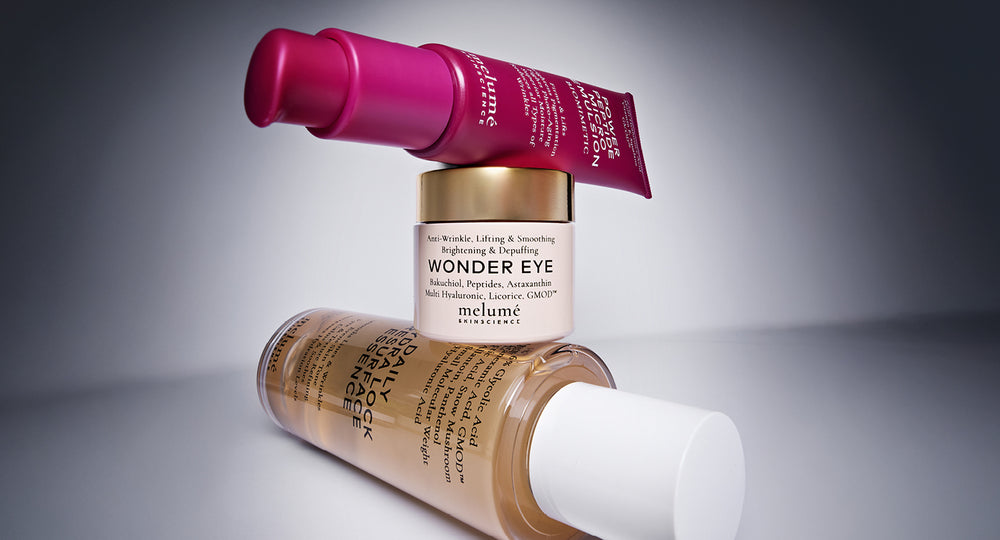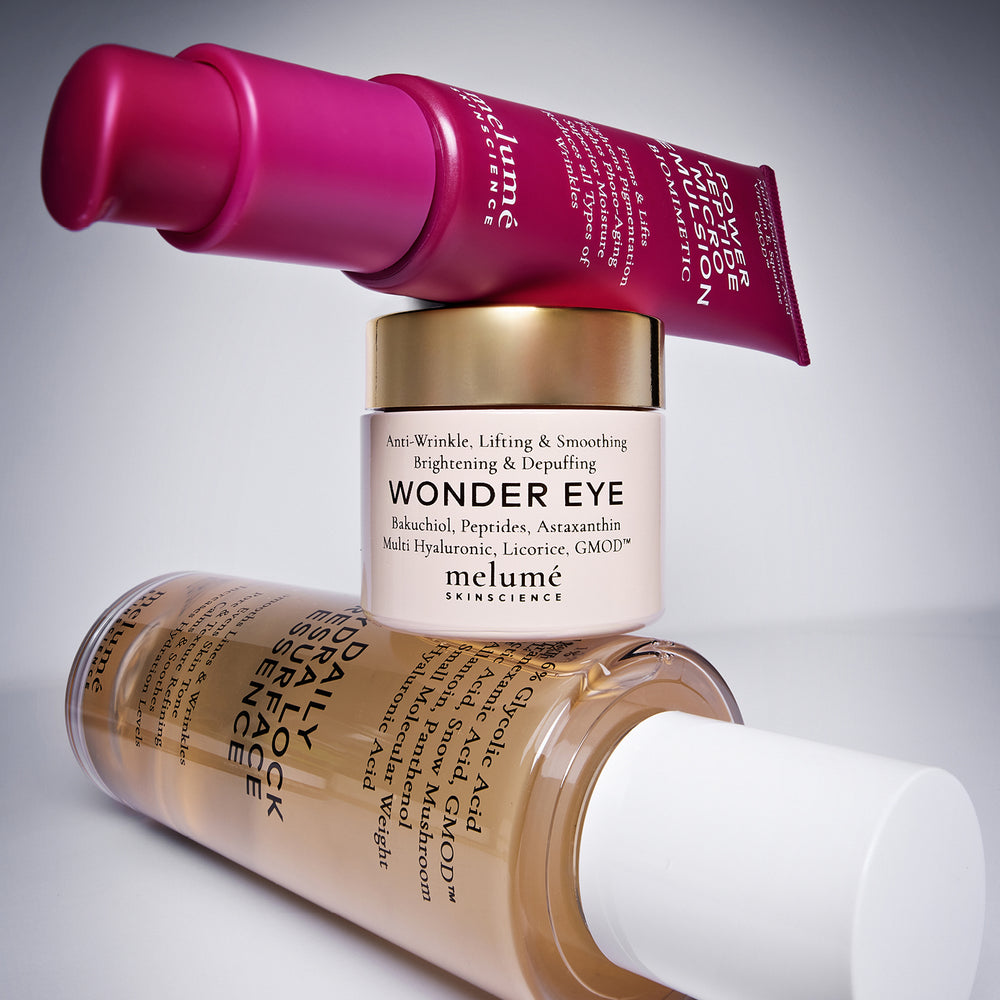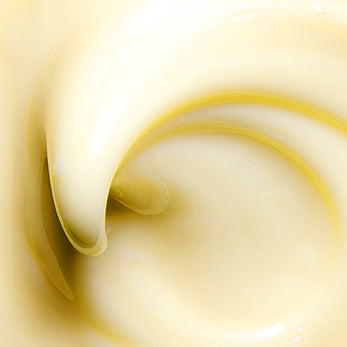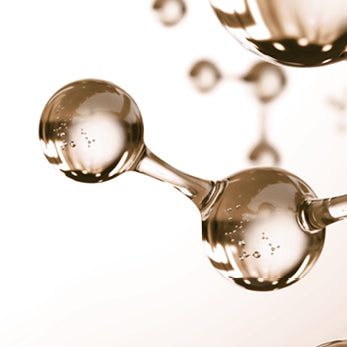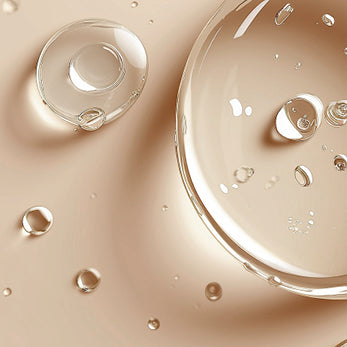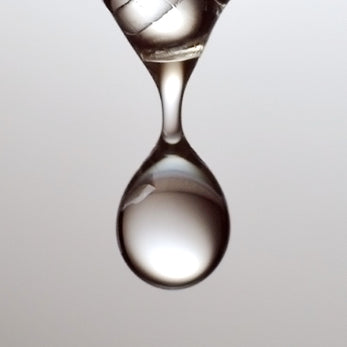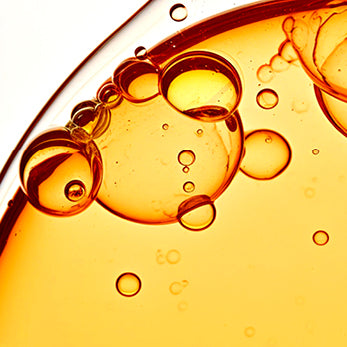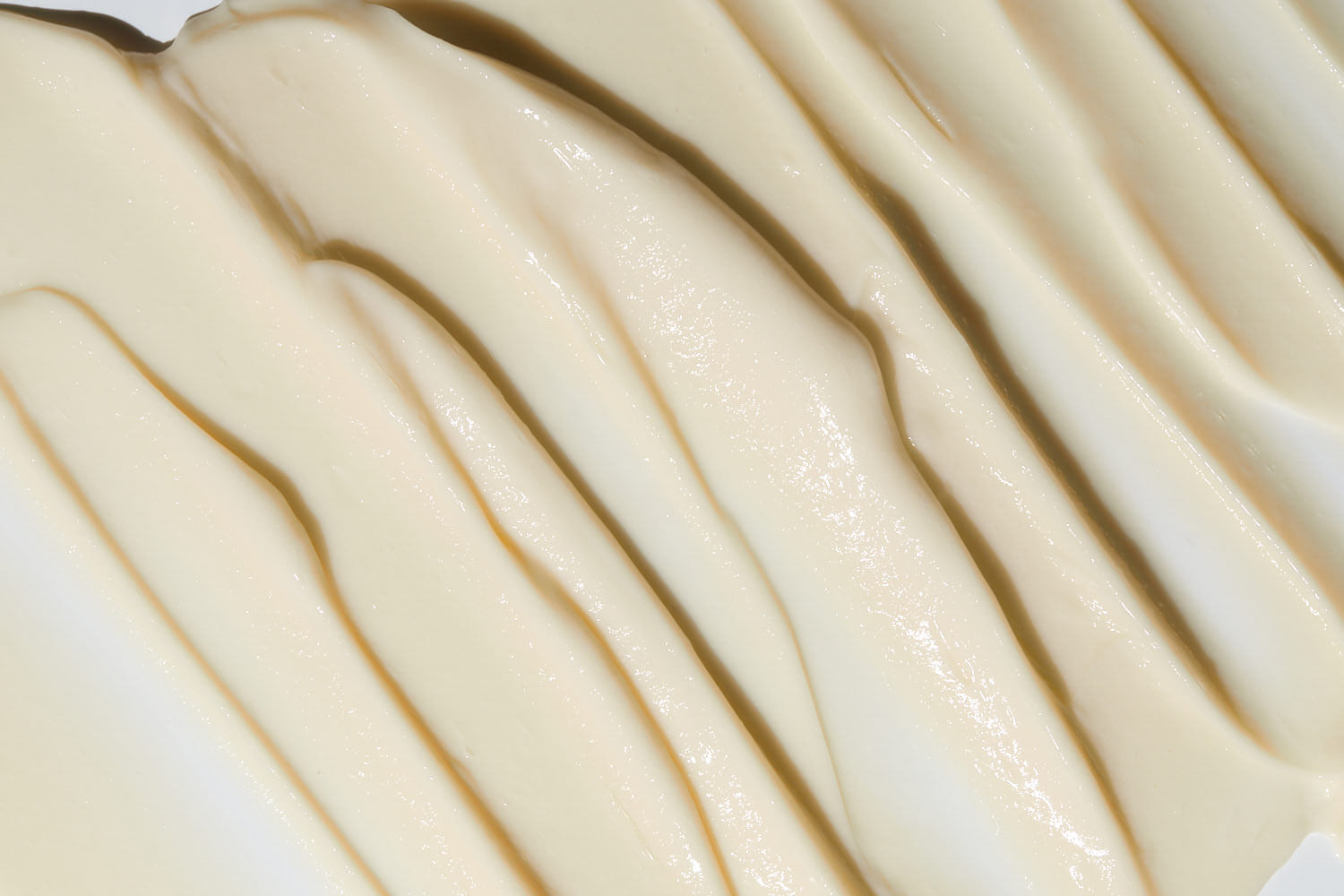INGREDIENTS A-Z
Squalane
SOURCE
Olive Oil
CATEGORY
WHAT IT DOES
An emollient: Provides hydration, helps prevent moisture loss, and restores suppleness. Acts as an antioxidant and strengthens the skin barrier. Has a smoothing effect on lines and wrinkles. It's biocompatible, meaning the skin instantly recognizes it and how to use it.
Sodium Acrylates Copolymer
SOURCE
Synthetic
CATEGORY
WHAT IT DOES
Sodium acrylates copolymer is a thickening and stabilizing agent: It is a water-soluble polymer that can create a smooth and uniform texture. Additionally, it improves the viscosity, spreadability, and overall performance of cosmetic products. Furthermore, sodium acrylates copolymer is also used as an emulsifier to help ingredients blend together more effectively.
Sodium Benzoate / Benzoic Acid
SOURCE
Synthetic
CATEGORY
WHAT IT DOES
Sodium benzoate is a preservative used to prevent bacteria growth, extend shelf life, and prevent contamination of a formulation.
Sodium Hydroxide
SOURCE
Synthetic
CATEGORY
WHAT IT DOES
Sodium hydroxide is used to adjust the optimal pH of a cosmetic formulation and is a neutralizing agent: it is used to neutralize acidic ingredients in cosmetic products to improve their overall effect - creating strong and stable cosmetic formulations.
Sodium Magnesium Silicate
SOURCE
Mineral
CATEGORY
WHAT IT DOES
Sodium magnesium silicate is a thickening and texturizing agent, used to create smooth and uniform textures. It can also absorb excess oils and moisture.
Sodium Sulfate
SOURCE
Synthetic
CATEGORY
WHAT IT DOES
Sodium sulfate is salt-based ingredient used as a viscosity controlling and bulking agent.
Steareth-2
SOURCE
Synthetic
CATEGORY
WHAT IT DOES
Steareth-2 is an emulsifying agent. It helps to blend oil and water-based ingredients in cosmetic formulations, creating a stable and homogen texture. It can also help to improve the spreadability and absorption of cosmetic products.
Steareth-21
SOURCE
Synthetic
CATEGORY
WHAT IT DOES
STEARETH-21 is an emulsifier and surfactant. It helps to blend together water and oil-based ingredients in a product, improving texture and stability.
Sucrose Palmitate
SOURCE
Sucrose & Botanical Oil
CATEGORY
WHAT IT DOES
Sucrose palmitate is a natural, plant-derived emulsifier and surfactant, that is made by combining sucrose, or table sugar, with palmitic acid, a fatty acid found in botanical oil. Sucrose palmitate helps to blend together water and oil-based ingredients in a product, improving texture and stability.It is a gentle ingredient that can moisturize and protect your skin.
Sk-Influx®
SOURCE
Botanical Oil
CATEGORY
WHAT IT DOES
SK-INFLUX® is a Skin-identifical lipid concentrate that is beneficial for your enhanced skin protection. SK-INFLUX® consits of a mix of different ceramide types (NP, EOP, AP), vegetable cholesterol, free fatty acid and phytosphingosine: It improves your general skin condition by reducing skin roughness and increasing skin evenness and homogenity. Furthermore, it is also ideal for treating aging, dry or sensitive skin, because of its moisturizing and skin repairing properties.
Sodium metabisulfite
SOURCE
Synthetic
CATEGORY
WHAT IT DOES
Sodium metabisulfite works as a preservative and antioxidant: It helps to extend shelf life by inhibiting the growth of bacteria and fungi. As an antioxidant, it helps to protect cosmetic products from oxidative damage and deterioration.
Sodium polyacrylate
SOURCE
Synthetic
CATEGORY
WHAT IT DOES
Sodium polyacrylate acts as a thickening and stabilizing agent: it provides a smooth and sensorially appealing texture.
Sodium stearoyl glutamate
SOURCE
Canola, soybean, botanical oil, corn
CATEGORY
WHAT IT DOES
Sodium stearoyl glutamate is an emulsifying and stabilizing agent. It helps to blend oil and water-based ingredients, creating a stable and uniform texture. Sodium stearoyl glutamate thus improves the texture and consistency of cosmetic products. It can also improve their spreadability and absorption, making them easier to apply and more effective.
Sucrose laurate
SOURCE
Sucrose & Coconut Oil
CATEGORY
WHAT IT DOES
Sucrose laurate is a natural, plant-derived emulsifier and surfactant: It is made by combining sucrose, or table sugar, with lauric acid, a fatty acid found in coconut oil. Sucrose laurate helps to blend together water and oil-based ingredients, improving texture and stability. It also moisturizes and soothes your skin.
Sodium Cetearyl Sulfate
SOURCE
Synthetic
CATEGORY
WHAT IT DOES
Sodium cetearyl sulfate is an emulsifier and cleansing agent: It is made from a combination of cetearyl alcohol and sulfuric acid and is an effective cleansing agent that helps to remove dirt, oil, and impurities from your skin; it also helps to emulsify ingredients, making cosmetic formulations more stable and uniform in texture. Free from ethanol/alcohol.
Salicylic Acid
SOURCE
Synthetic
CATEGORY
WHAT IT DOES
Salicylic acid, also known as beta hydroxy acid (BHA), acts as a desmolytic agent, enabling exfoliation by breaking down the bonds that bind dead cells to the skin's surface. Due to its oil solubility, it effectively penetrates the lining of pores, facilitating exfoliation within the pores. This quality makes it particularly adept at minimizing breakouts, including blackheads and whiteheads. Salicylic acid possesses exfoliating, keratolytic, and anti-inflammatory properties. Applying salicylic acid to the skin can diminish roughness, fade dark spots, reduce blemishes, address oily skin concerns, and promote smoother skin. Keratolytic agents like salicylic acid soften and dissolve the keratin protein that binds skin flakes together. The accumulation of skin flakes and oil in hair follicles is a common cause of acne and blackheads. Salicylic acid not only dissolves rough or flaky skin associated with various skin conditions but also aids in loosening and removing dry, scaly, or thickened skin. As a chemical exfoliator, it penetrates deeply into hair follicles and oil glands, dissolving dead skin cells, oil, and debris. This process eliminates pre-existing whiteheads and blackheads while preventing the formation of new ones. Salicylic acid's ability to dry out oily skin is instrumental in averting new acne-related blockages. Functioning as an anti-inflammatory agent, salicylic acid contributes to the reduction of swelling and redness. Additionally, it mitigates the redness associated with existing acne and moderates the pace at which skin cells shed within the follicles, thereby preventing clogging.
Sodium acetylated hyaluronate 30-50 kDa
SOURCE
Biotechnological/Fermentation
CATEGORY
WHAT IT DOES
Sodium acetylated hyaluronate is a very small molecular weight hyaluronic acid with a weight of 30-50 kDa that strongly hydrates and improves the texture of your skin. It is a water-soluble ingredient that can penetrate very deep into your skin and provide long-lasting hydration. Furthermore, it has anti-inflammatory and anti-aging properties and thus can improve the appearance and health of your skin.
Sodium hyaluronate crosspolymer >3000 kDa
SOURCE
Biotechnological/Fermentation
CATEGORY
WHAT IT DOES
Sodium hyaluronate crosspolymer is a modified form of hyaluronic acid, with a molecular weight of >3000 kDa, that deeply hydrates your skin: It is a water-soluble ingredient that can hold up to 5 times its weight in water, making it a highly effective moisturizing agent. Sodium hyaluronate crosspolymer can also form a protective film on your skin, helping to lock in moisture and prevent dehydration. It plumps and smoothes your skin, by reducing the appearance of fine lines and wrinkles.
Sodium hyaluronate HA extra XS (50 kda)
SOURCE
Biotechnological/Fermentation
CATEGORY
WHAT IT DOES
Sodium Hyaluronate HA Extra XS (50 kDa) is a hyaluronic acid with a extremly fine molecular weight, allowing it to penetrate much deeper into your skin for enhanced hydration. It plumps your skin, improves skin elasticity, reduces the appearance of fine lines and wrinkles, and improves your overall skin texture, while streghtening your skin hydration and health.
Sodium Hyaluronate Low Molekular 400-1000 kDa
SOURCE
Biotechnological/Fermentation
CATEGORY
WHAT IT DOES
The low molecular weight hyaluronic acid with a molecular weight from 400-1000 kDa is able to penetrate deeper into the skin.
It is able to stimulate the skin's own procollagen synthesis and provides improved skin firmness, a reduction in skin roughness and a lasting smoothing of the skin surface relief.
Hyaluronic acid has the ability to increase the formation of tight junction proteins by keratinocytes.
Tight junctions retain water in the skin and provide an optimal moisture depot in the skin. Thus, by stimulating the formation of Zunola Occludens it makes an important contribution to strengthening the skin barrier.
